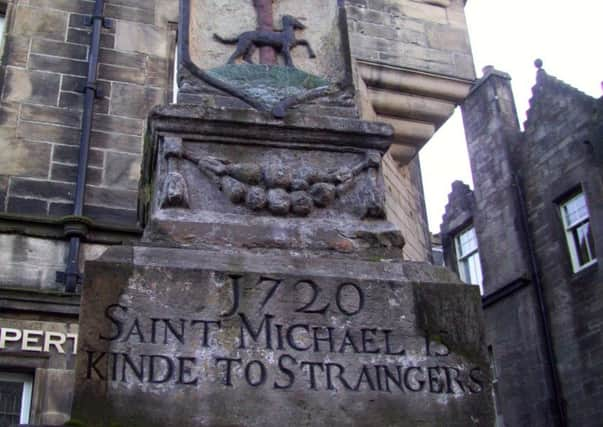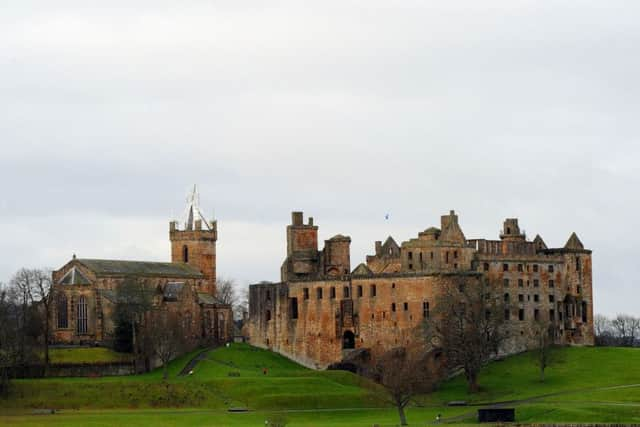Royal burgh of Linlithgow is ‘kinde to straingers’


Just six or so miles away by road, or a very interesting stroll along the Union Canal, the town is full of history and not only the famous palace.
By the time Mary Queen of Scots was born there in December 1542 there had already been a fortified place of some kind for more than 500 years. King Robert the Bruce famously captured it from the English during the Wars of Independence, though the present Renaissance building owes more to the efforts of Mary’s father and grandfather, James V and James IV.
Advertisement
Hide AdAdvertisement
Hide AdToday it is for the most part a roofless ruin thanks mainly to the careless redcoat soldiers who were in occupation during the 1745 Jacobite rising.


However, its romantic location on the grassy ‘peel’ overlooking the loch makes it one of Scotland’s most visited historic buildings. I especially like the gateway with its four carved and coloured roundels celebrating the honours awarded to King James V by various European monarchs, including himself!
Next to the Palace stands St Michael’s Church, one of Scotland finest medieval buildings with beautiful stained glass and an ultra modern silver painted ‘crown of thorns’, which is loved and loathed in about equal measure. I love it!
St Michael is of course the patron saint of the burgh and for us outsiders it is comforting to read the inscription on one of the town wells which claims that “St Michael is kinde to straingers”. Above the message is the burgh symbol of a black dog chained to an oak tree, the legendary heroic ‘black bitch’ which gives all Linlithgow folk their nickname.
Advertisement
Hide AdAdvertisement
Hide AdIn the cross area stands a finely carved fountain in front of the town house. It is a replica of a much earlier well and was carved in 1807 by Robert Gray, a one armed stonemason.
Apparently he simply attached a mallet to his stump and bashed on regardless. Amazing! The town house itself dates to 1668 and replaced the previous building destroyed by Oliver Cromwell a few years earlier.
It has had many additions and alterations over the years but remains an imposing structure overlooking the ancient market place of the burgh.
We can’t blame Oliver for the 1960s ‘hen box’ houses which were built nearby to replace old Victorian and Edwardian buildings – the credit for that lies firmly with the planners as indeed it does in most Scottish towns!
Advertisement
Hide AdAdvertisement
Hide AdAcross the road on the Sheriff Court House wall there is a plaque which reminds us of the assassination in 1570 of James Stuart, Earl of Moray and Regent of Scotland. He was shot from a window of the previous building by James Hamilton of Bothwellhaugh as part of a family feud.
He got away but Archbishop Hamilton who lived in the house was executed. Another Hamilton is remembered further along the street towards the east end. ‘Hamilton’s Lands’ are beautifully preserved examples of 17th century town houses restored by the National Trust back in 1958.
If you take the canal walk from Falkirk you will reach the basin which is interesting in itself and not far away stands a great beehive shaped doocot, one of the finest preserved examples in the country, which provided a wealthy resident with a plentiful supply of roast pigeon from the 1500s.
Linlithgow then, a Royal burgh since the 12th century, is a great place to walk to, and to walk through with history galore and plenty of nice watering holes to revive the spirits. Get your boots on!